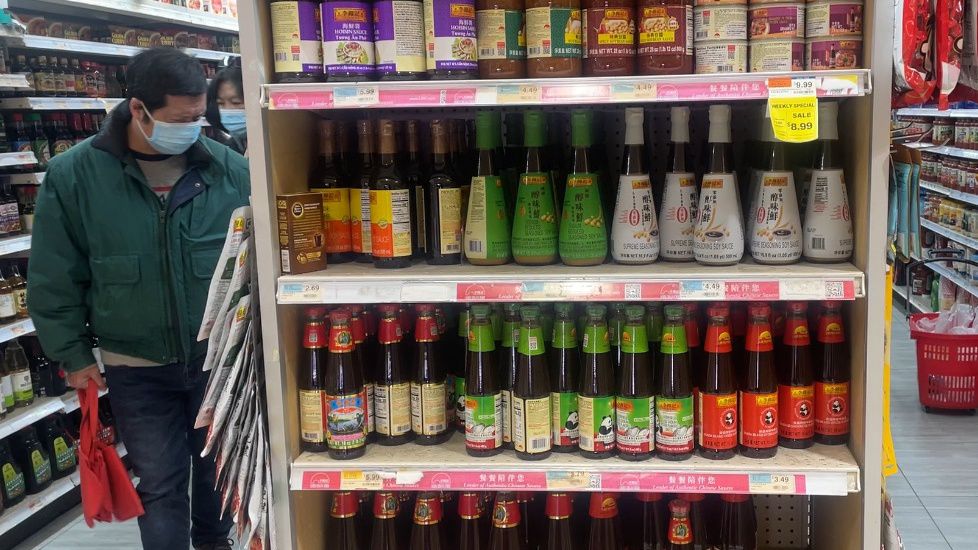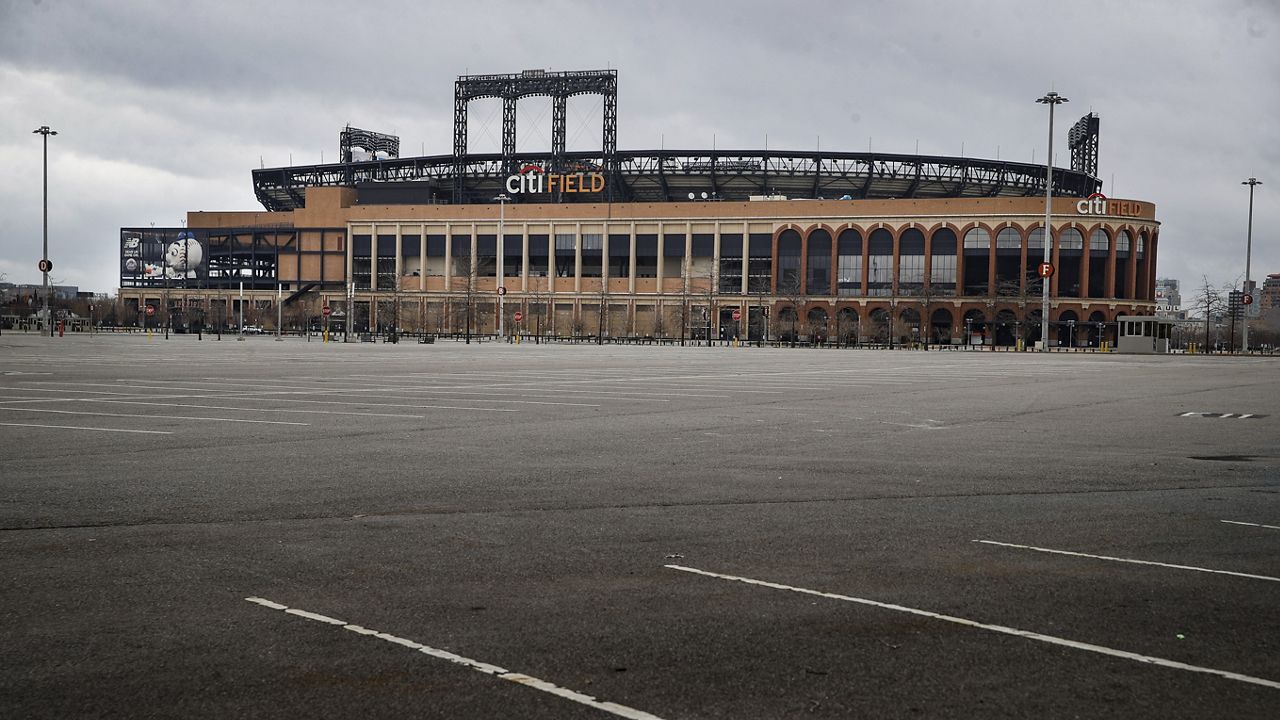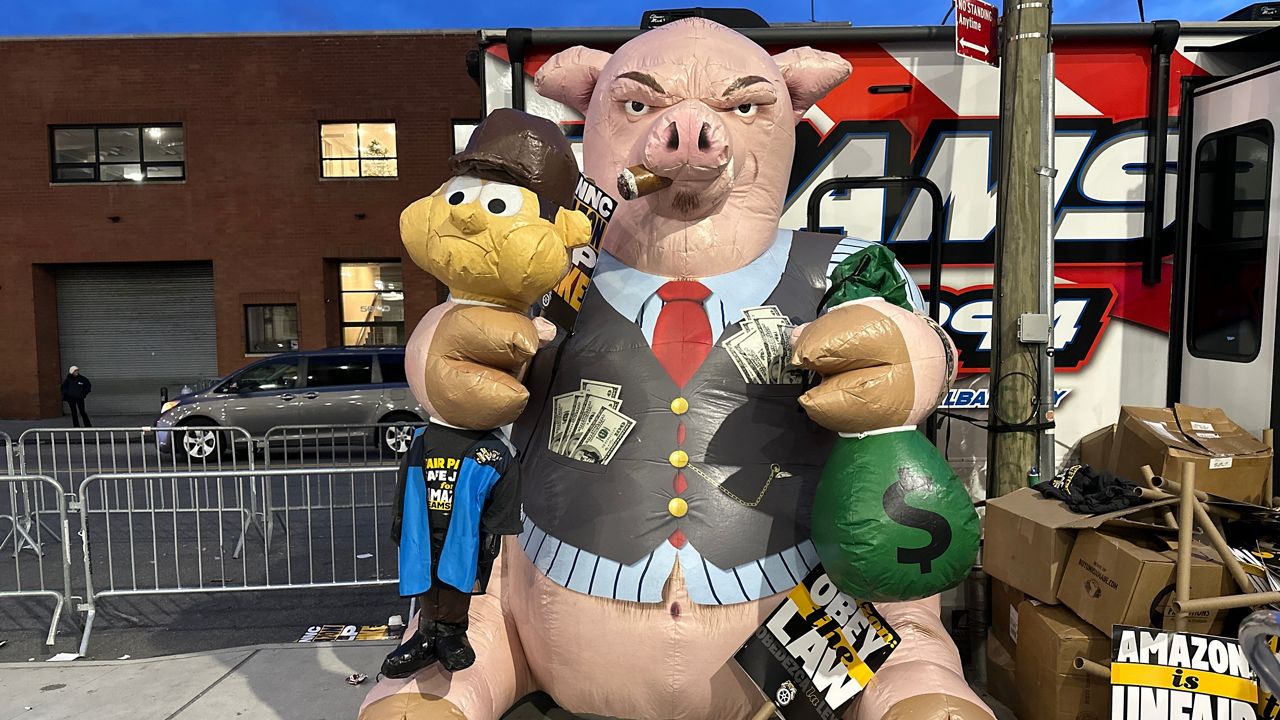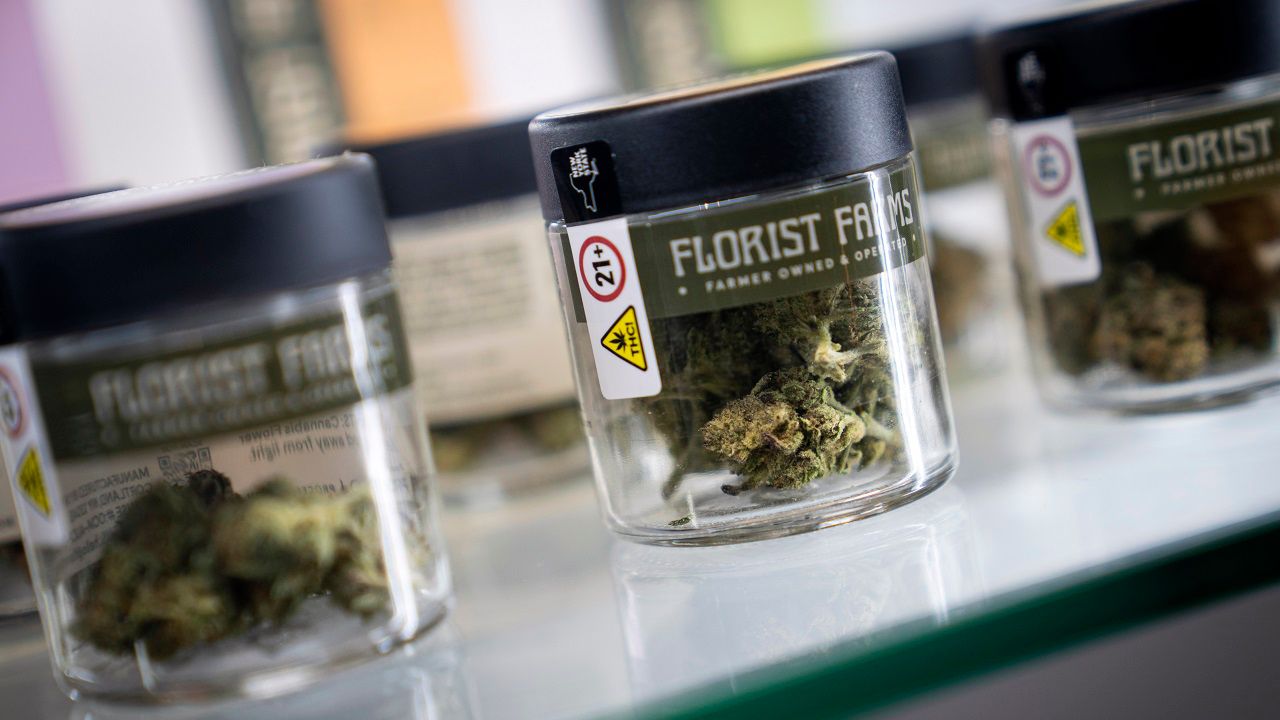Many people flock to New York City for the food, where they can find just about every type of cuisine in the city.
What You Need To Know
- The cost of dining out in New York City is expected to increase for many restaurants because of the Trump administration’s tariffs on imported goods
- The tariffs are expected to be a blow to many city restaurants, especially those that are still recovering from the financial hit they took during the pandemic
- How soon prices begin to rise as a result of the tariff policy depends on how businesses respond in the U.S. and abroad, but experts say consumers could see overall prices rising within a month or two of the tariffs being implemented
“I love food,” restaurant-goer Hugo Lamprea said.
However, the cost of dining out is expected to increase for many restaurants because of the Trump administration’s tariffs on imported goods.
“We always hope for things to start coming down,” Majit Singh, who owns the Jackson Diner in the Jackson Heights, Queens, said. “Like you see eggs coming down in price and you see oil. But then now you see everything else going up now, so let’s see.”
The longtime Indian restaurant on 74th Street in imports menu items from other countries, like spices.
Goods from India are being hit with a 26% tariff starting Wednesday.
Singh said there’s only one way to deal with that.
“Well, it’s going to be no choice,” he said. “You have to increase the prices.”
That could turn would-be customers away such as Lamprea, who said he could not continue to eat out as much as he does if prices continue to go up.
“I need to exercise my cooking because it doesn’t make sense,” Lamprea said.
The owners who run Nepali Bhanchha Ghar around the corner on Roosevelt Avenue are hoping they don’t have to raise prices on customers.
“Not right now… let’s see after one to three months,” manager Ajit Shah said. “Like how we are going to survive it.”
Both restaurants are still recovering from the financial hit they took during the pandemic.
“That time I’m suffering very bad,” Shah said.
Higher costs of supplies and food-related items expected under the tariffs could slow that recovery down.
“Every time we think things are getting back to normal, it’s always something,” Singh said. “So things are…restaurants always have to deal with it.”
Nepal is looking at a 10% tariff on exports to the U.S., which is much lower than other countries. The Nepali Times is reporting because of that the country may derive a trade benefit from the United States — its second largest export market.
How soon prices begin to rise as a result of the tariff policy depends on how businesses respond in the U.S. and abroad, but experts say consumers could see overall prices rising within a month or two of the tariffs being implemented.


_Pkg_Trump_Tariffs_Jackson_Heights_Rest_Reax_Clean?wid=320&hei=180&$wide-bg$)

_CC_PKG_Manufacturers_Tariffs_133971722_389)




